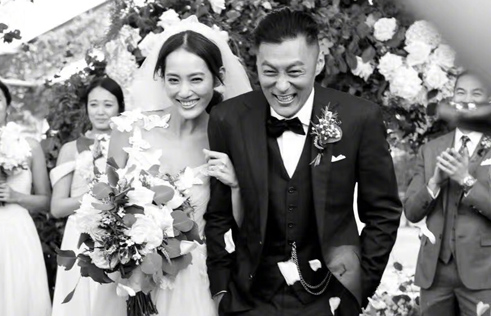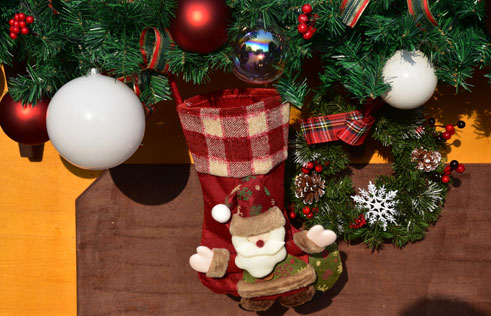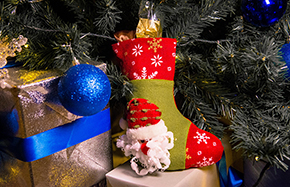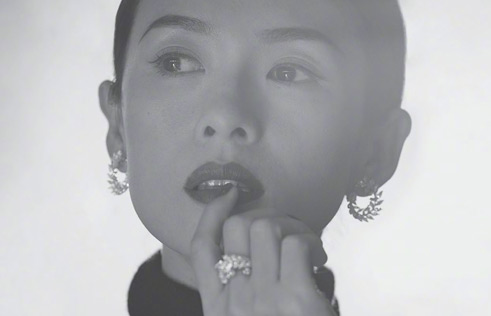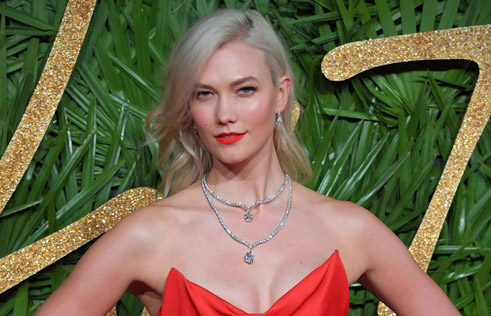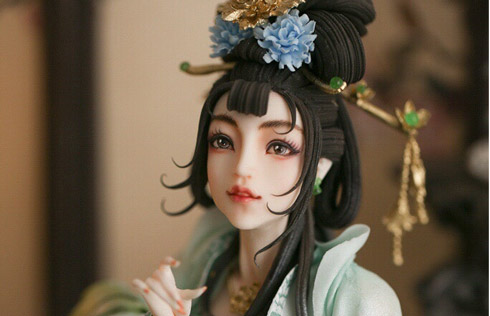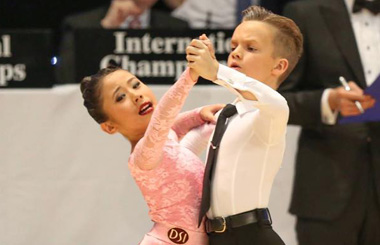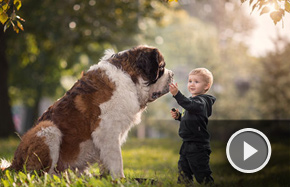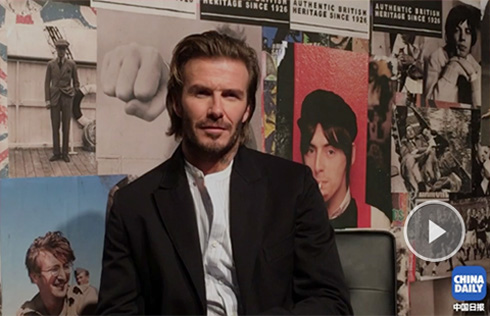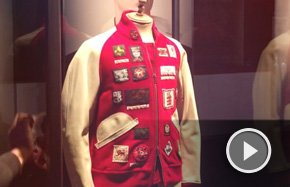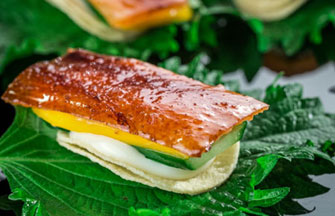Carving the world
Kernel carving is a traditional micro-sculpture exclusively owned by China. Carved on the kernels of fruits or nuts, these handicrafts can be shaped into the figures of human, animals, landscapes and pavilions. Materials including walnut, peach nut, olive nut, apricot nut or cherry nut are applicable for kernel carving, among which the olive nut is the best option for engraving because it is as small as a finger, fully reflecting the precise skill of a handicraftsman.
 |
|
|
The History of Kernel Carving
Kernel carving has a long history in China, but it was unclear about when it originated from; its earliest record was in the Song Dynasty(960-1279), more than 1000 years ago.
Influenced by Buddhism, people usually carved the peach nuts and apricot nuts into the Chinese Zodiac animals, immortal beings, magical animals and auspicious playthings to wear them to expel evil things. Later, their originality and exquisite appeal saw to their popularization from the royal court to the common people. The intellectuals, merchants and officials loved to wear them as a sign of their status; the imperial palace even specially recruited skilled handicraftsman to carve kernels for nobles. Kernel carvings were used as the token of love in the ancient Jiaodong region, Shandong Province, where the girl usually presented the boy a pouch to show their love and the boy presented the girl a kernel carving instead.
 |
|
|
According to the historical records, kernel carving reached a high point in the Ming Dynasty (1368-1644). In the reign of emperor Xuande (1426-1435), there was a skilled handicraftsman named Xia Baiyan, who could engrave 16 kids in a olive nut, each kid even as small as a half of rice grain. In the reign of Tianqi (1621-1627), the emperor Zhu Youxiao was not only an enthusiast of kernel carving but also a creator.
The most famous kernel sculptor in Ming Dynasty was Wang Yi, who lived during the reign of Tianqi. His masterpiece was “The boat of Chibi” (Red Cliff). Carved on a fruit nut, the boat was 3 cm in length and 0.5 cm in height, the middle part of the nut was engraved as cabin and at the left and right sides respectively decorated four windows, which were able to open and close, and the balustrade was carved along the windows. The bow of the boat was sculpted with poet Su Dongpo and his friends Huang Luzhi and monk Foyin. The buttock was engraved with two boatmen, with two oars beside them. This excellent artwork has become an example for handicraftsmen of later generations to imitate.
|
|
In the middle Qing Dynasty (1644-1911), kernel carvings evolved into articles appreciated in the hands for leisure time. It equally had a lot of masters in the Qing Dynasty; some of them can carve kernels into prayer beads, each bead as small as a cherry sculpted with four or six arhats with different postures. Another skilled craftsman could engrave kernels into the figure of double-deck gaily painted pleasure boat with more than 58 carved people in it. Numerous artists specialized in kernel carving have emerged from this era, but after the Opium War (1840-1842), the Qing Empire declined day by day, and so did the kernel carving .
|
|
A unique micro-sculpture
Kernel carving occupies a unique place in Chinese folk art because of the material. Since most kernel carvings are made from peach nuts, the grains of which are often different from each other, it can greatly limit their shape. With the themes of animals or flowers and trees, the kernel carvings are mainly in the figures of a vase, floral basket, boat and monkey, close to the original shapes of the nuts.





